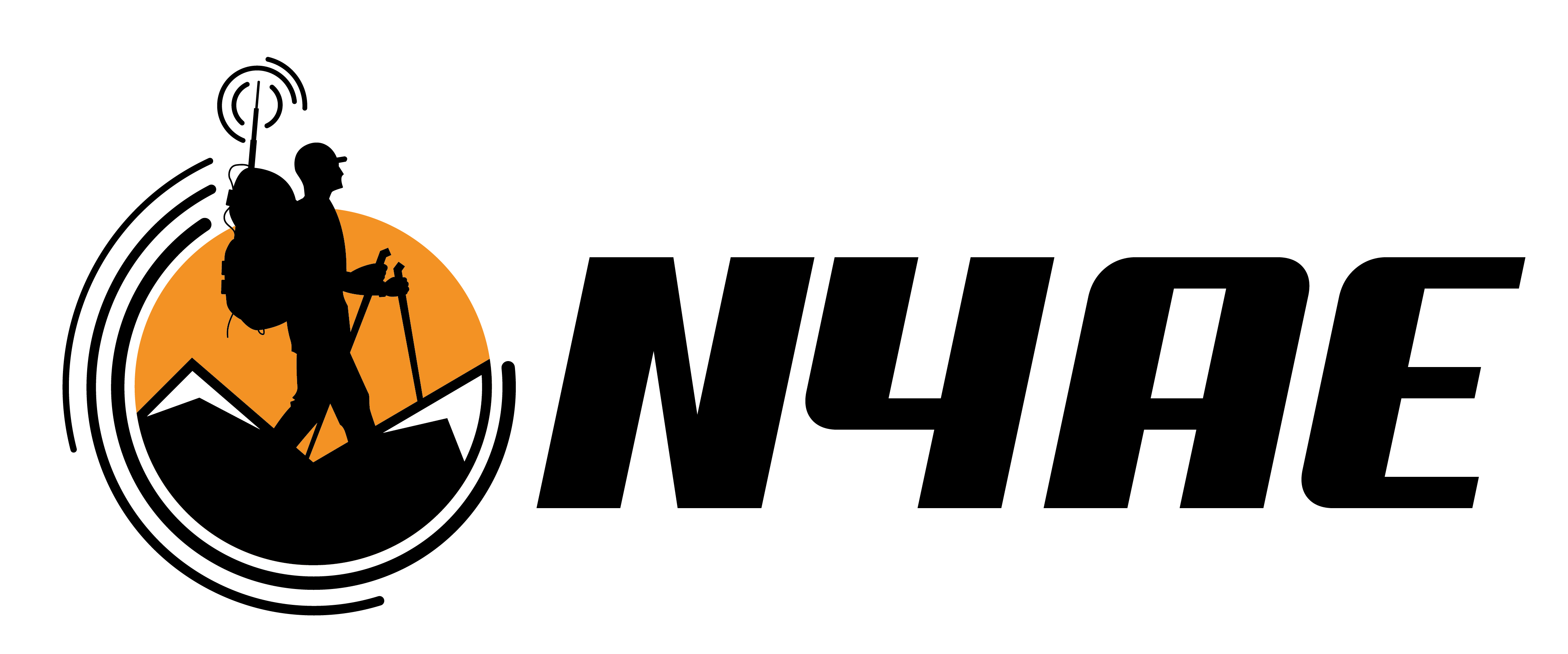Installing a Yaesu FT-857D in a 2016 Jeep JK Unlimited (Electrical Installation)
This is Part 1 of Outfitting a Jeep JK Unlimited for Ham Radio. In this article, I will explain how to install a Yaesu FT-857D transceiver’s electrical system.
Amateur Radio Equipment to Install
- Yaesu FT-857D HF/VHF/UHF Transceiver
- DC Power Cable
Tools and Equipment Used
- Solder Iron
- Flat-Head Screwdriver
- Wire Coat Hanger, cut so you can use it as a wire snake
- Gorilla Tape

Step One – Preparing the Bulkhead
The Jeep JK Unlimited has a 3/4-inch hole in the bulkhead on both the Driver’s and Passenger’s side of the dashboard. The hole is filled with Styrofoam, which provides stability for the DC power cables we will snake through it. Unless you add additional #12 AWG cable to extend the DC cable provided by Yaesu, the transceiver has to be mounted on the passenger’s side of the vehicle. The DC cable isn’t long enough to snake through the cabin bulkhead to the driver’s side otherwise.

From the engine side of the bulkhead, push a wire coat hanger through the Styrofoam until it comes out on the cabin side.

Leave enough coat hanger to attach the DC power cable later.
Step Two – Remove Fuse Box from DC Power Cable
Remove the 25A fuses in each of the two fuse boxes. Then, using a small flat-head screwdriver, remove the lead attached to the fuse box for both the black and red cable. It should pop out with minimal pressure from the screwdriver.


Step Three – Snake DC Power Cable Through the Bulkhead
Wrap enough Gorilla Tape to join the DC Power Cables to your coat hanger. Then, pull the coat hanger (and the power cables) into the engine side of the bulkhead. You can snake the black and red cable separately, if you want; just be certain that both cables are the same length once you pull them through the bulkhead.

Step Four – Reconnect the Fuse Boxes
Once both power cables are through the bulkhead, snap the fasteners into the appropriate fuse box. Insert the 25A fuses into each box, and close them.

Step Five – Solder Loop Terminals to the Battery Leads
In addition to providing stable voltage to the transceiver, we can eliminate noise by connecting the DC cable directly to the battery. The short wires coming from the fuse box are the cables we will connect to the battery. Using a solder iron, affix #12 AWG loop terminals to each wire.

Step Six – Connect the Loop Terminals to the Battery
Unscrew one of the spare terminal posts (Jeep knows their customers well), and attach the matching color terminal lead to the battery.


Step Seven – Connect Transceiver to the Power Cable & Test
Plug the power cable to the radio terminal.

Turn on the radio to make certain current is flowing.




















Great Series on the install. One question, did you place a fuse right at the battery, in case the feed power line gets shorted to ground?
Yes, I placed a fuse on each pole for just such a problem. Filtering is going to be a challenge as Jeeps are noisy vehicles. I’m working on the bonding now and will have an article on that topic too.
Have you considered using heat shrink, liquid tape, or any other material so seal your terminal connectors? I recently discovered terminal connectors that are crimp on, but contain low-heat solder, and adhesive shrink wrap. When you apply heat, the solder fills the crimped joint, the heat shrink conforms to the wire & connector, and the adhesive melts/flows to make it all water tight.
My setup: Genesis offroad dual battery system and a blue sea systems DC panel. I wire all of my gear to the panel, which is then wired to the battery (just 6 inches away). This lets me eliminate bulky fuses from factory wiring harnesses. No issues with RFI, etc., by going to the panel instead of the battery.
I have not used heat shrink wrap yet. I plan to once I finish the full shake-down. I’ve discovered a few minor issues with my installation and I don’t want to memorialize them.
My wife and I plan to purchase a Kayak Rack this spring, which will force me to reconfigure the screwdriver antenna. I expect to use the rack as a new home.
I also may increase the whip size to improve performance on the higher bands. The MFJ 758-2742 is a 12-foot whip that will give me coverage from 1.85 MHz to 18 MHz. Given band conditions for the next few years, this may be a good option.